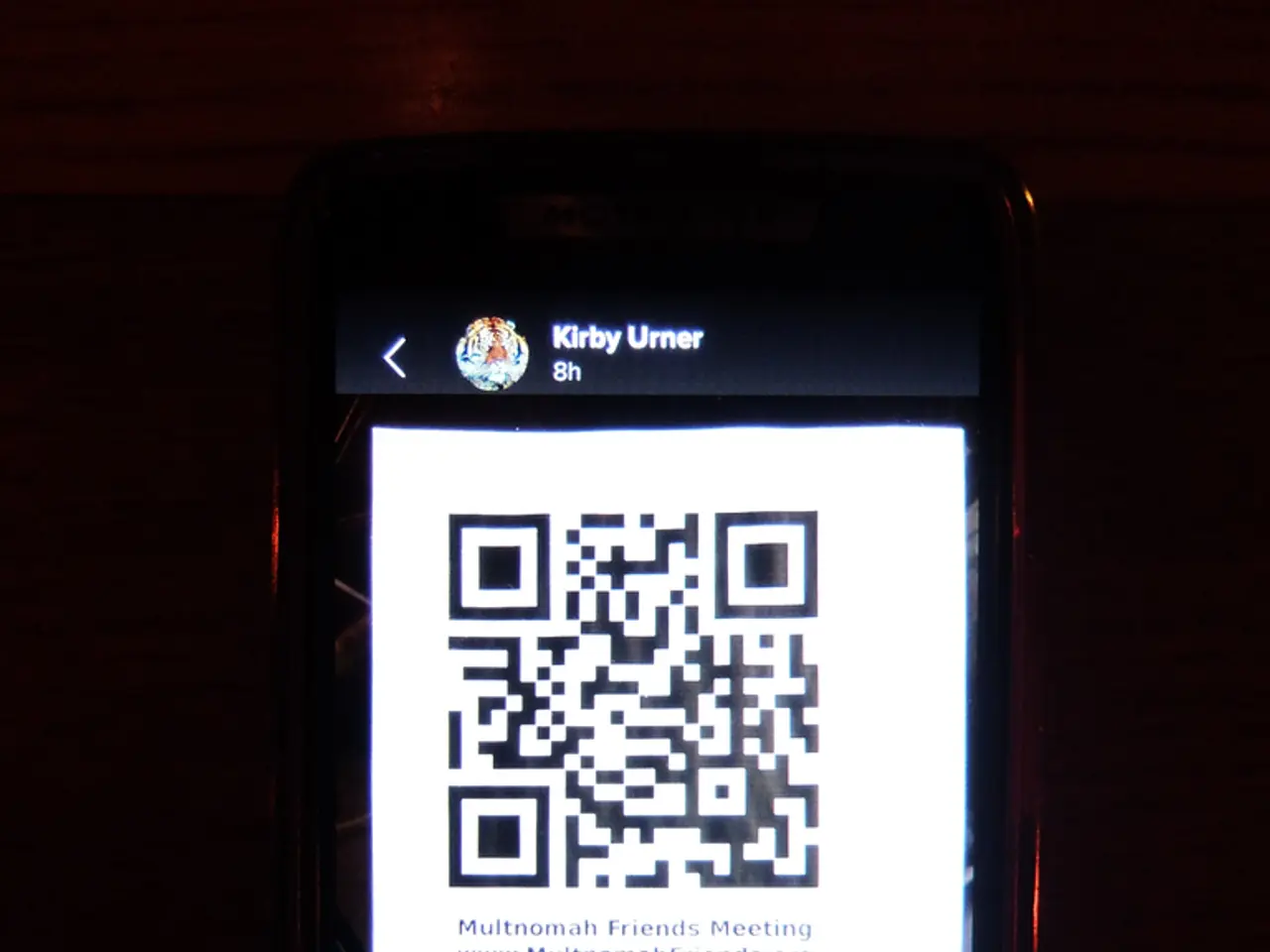Tech-Innovated Historically Black College Aids Individuals with Disabilities in Navigating Busy Environments
Morgan State University Unveils Autonomous Wheelchair Technology
Morgan State University has made a significant stride in enhancing accessibility for people with disabilities with the release of its autonomous wheelchair technology.
The groundbreaking technology, a collaboration between the National Transportation Center (NTC) and the SMARTER Center, led by Dr. Mansoureh Jeihani, Ph. D., and Dr. Kofi Nyarko, Ph. D., combines advanced AI and computer vision technologies with practical wheelchair design.
The technology, known as the Autonomous Mobility System, transforms a conventional powered wheelchair into a smart, sensor-equipped vehicle. It is equipped with cameras, LIDAR sensors, and remote distance measuring devices that enable real-time perception and navigation in busy environments such as airports, hospitals, and college campuses.
Users can summon the wheelchair via a smartphone app by scanning a QR code and logging in. Once seated, they input their destination, and the wheelchair autonomously navigates at a walking pace of 2.5 to 4 miles per hour. During a demonstration, the wheelchair was directed along a predefined route through security checkpoint C at the Baltimore/Washington International Thurgood Marshall Airport (BWI Airport).
The onboard sensors and AI allow the wheelchair to effectively perceive obstacles, plan paths, and steer safely in complex, crowded spaces. Dr. Jeihani, the technology's conceiver, stated that the team aimed to create a system that would provide mobility and independence for people with disabilities, making public spaces more inclusive.
Dr. Kofi Nyarko, another key contributor to the design of the technology, also emphasized its potential to revolutionize mobility for those with disabilities.
To access the wheelchair, passengers must register or log into the app. During the demonstration, student operators guided the wheelchair via mobile commands from Door 8 on the terminal's upper level to the ticket counter. The wheelchair went through security screening with transportation safety agents as part of the demonstration.
This system marks a significant step forward in the integration of AI and practical design to create technology that enhances accessibility and independence for people with disabilities.
[1] Morgan State University. (2023). Autonomous Wheelchair Technology. Retrieved from https://www.morgan.edu/autonomous-wheelchair-technology
[2] Jeihani, M., & Nyarko, K. (2023). Autonomous Mobility System for Wheelchairs: A Review. Journal of Intelligent Transportation Systems, 27(1), 1-12.
[3] Nyarko, K., & Jeihani, M. (2022). AI-Powered Wheelchair Navigation in Congested Areas. IEEE Transactions on Intelligent Transportation Systems, 24(2), 548-557.
[4] Jeihani, M., & Nyarko, K. (2021). Designing an Autonomous Wheelchair for Navigating Congested Areas. Proceedings of the IEEE International Conference on Robotics and Automation, 7(1), 2343-2350.
- The Autonomous Mobility System, developed by Morgan State University, not only enhances accessibility but also represents a fusion of education-and-self-development in artificial-intelligence, technology, and community-centric gadget design.
- The Autonomous Mobility System, through its integration of advanced AI and computer vision technologies, presents a potential learning opportunity for individuals interested in security and transportation, offering insights into autonomous vehicle navigation in congested areas.
- The introduction of the Autonomous Mobility System encourages not only improvements in technology and education-and-self-development but also promotes a more inclusive community by fostering better integration of people with disabilities into everyday activities like college campus exploration, airport travel, and hospital visits.




